From Curiosity to Mastery: Marianne Amore's Journey into Leather

Embarking on the mesmerizing journey of leather crafting is a transformative experience, and nobody guides better than Marianne Amore. Come with me as we delve deep into the multifaceted world of Marianne Amore, from her introduction to the art of leather crafting, behind the scenes of her classes, to the magical realm of her creative endeavors.
What's Inside?
Who is Marianne Amore?
Marianne Amore, a leather artisan, has always been a beacon for those seeking to master their craft. Her love for leather, coupled with her unwavering dedication to her work, has led her to become an inspiration for aspiring artisans.
From an early age, Marianne was an artist at heart, experimenting with various forms of art - from painting and drawing to writing, knitting, and woodworking. Whenever she encountered something that caught her eye for its beauty, it sparked a natural curiosity within her. It was this curiosity that drove her to explore and create, constantly seduced by the charm of beauty.
The Two Learning Curves of Marianne Amore
The "Two Learning Curves" of Marianne Amore refer to distinct phases in the journey of mastering leather crafting, each presenting its unique challenges, lessons, and growth opportunities.
First Learning Curve
In this phase, often marked by the initiation into leather crafting, individuals face the challenge of acquiring technical proficiency. Marianne shares her personal experience of starting without an instructor, highlighting potential pitfalls and the learning process.
- Lack of Instructors: Marianne reflects on the scarcity of leather crafting instructors when she began her journey. This scarcity led her to figure things out on her own, a path that, while rewarding, presented challenges.
- Unconventional Tool Usage: Marianne took a resourceful stance on tools. Instead of making a substantial upfront investment, she chose a frugal path, making the most of what was readily available. Notably, she even repurposed her husband's meat tenderizer as a makeshift rubber mallet. This choice, while resourceful, led to physical discomfort and a valuable lesson about the importance of using the right tools for the job.
- Learning from Experience: Marianne emphasizes the role of trial and error in this phase, acknowledging that mistakes and challenges are part of the learning process. The emphasis on understanding the properties of leather and tool usage sets the foundation for technical proficiency.
Second Learning Curve
As individuals progress along their journey, they shift their focus from technical proficiency to embracing creativity and artistry. Marianne portrays this evolution as a transformation from craftsmanship to artistry, guided by the insights of others.
- The Importance of Having a Mentor: A mentor with expertise in your chosen field can streamline your entry into a hobby, eliminating the need for trial and error.
- Cost-Efficiency: Having a mentor guide your purchasing decisions can save you both time and money, preventing unnecessary expenses on products or tools that may not be essential.
- Problem-Solving and Adaptation: The journey from initiation to completion entails honing problem-solving skills. Marianne underscores the importance of adaptability in turning challenges into opportunities for innovation and improvement.
How Can You Make Money with Leather?
Marianne Amore, with her wealth of experience in the realm of leather crafting, generously imparts invaluable insights on the lucrative avenues available for monetizing one's skills in working with leather. Drawing upon her extensive expertise, she shares practical and strategic advice that goes beyond mere craftsmanship, delving into the realm of self-promotion, portfolio-building, and the cultivation of skills necessary to transform one's passion for leather crafting into a sustainable source of income.
Leverage Social Media: Self-promotion is crucial, if you're not visible, it's hard to generate income as people won't know about your work. Platforms like Instagram and Facebook are excellent for showcasing your creations and reaching a wider audience.
Showcase Your Work: Use social media to build a portfolio of your leather goods. Posting images of your projects regularly can attract attention and help build your follower base.
Practice to Become Incredible: Consistent, dedicated practice is the path to mastery. Marianne emphasizes the importance of honing your skills to elevate your craftsmanship.
Treat it More as a Hobby: Instead of stressing about money, treat leather crafting as a hobby. Fall in love with it, share your creations online, and let interest grow organically. Soon, people may approach you with requests, creating a natural and enjoyable exchange.
- Patience and Practice: Mastering any skill, whether in crafting or a corporate career, requires extensive practice. In the realm of leather crafting, it's crucial to invest hours honing your craft. Just like climbing the corporate ladder, success doesn't happen overnight. Embrace the journey, stay dedicated, and mastery will inevitably follow your genuine interest and effort.
Balancing Money and Artistic Passion
In the intricate tapestry of leather crafting, Marianne Amore shares profound insights on navigating the delicate intersection between financial goals and a genuine passion for the craft. She cautions against allowing monetary considerations to overshadow the intrinsic love for creating with leather, urging artisans to redirect their focus toward cultivating a niche within the expansive realm of possibilities.
Marianne advocates for a strategic approach, emphasizing the benefits of specializing in a few repeated projects rather than chasing one-off endeavors. Drawing from her experience in managing a boutique leather business, she underscores the importance of maintaining variety to keep the creative process exciting and dynamic. From revitalizing a worn-out Chanel bag to fulfilling a request for a dog collar crafted from upcycled canvas, the diversity in projects adds a unique vibrancy to the craft.
In essence, Marianne's guidance serves as a compass for artisans, encouraging them to navigate the delicate dance between financial success and the enduring pleasure of creating art with leather. Her nuanced perspective paints a vivid picture of a craft that thrives not only on skill and business acumen but also on an unwavering love for the art itself.
The Difference Between Hand Stitching and Machine Stitching
Hand stitching has a shorter learning curve, requiring basic tools like a rubber mallet and a pricking iron. It's akin to knitting a sweater by hand. The imperfections in a hand stitch add a special, unique touch that many people appreciate. There's a certain pride in saying, "This was all hand-stitched."
On the other hand, machine stitching offers precision, especially for perfectionists. However, it lacks the sentimental value and uniqueness of a hand stitch. While a machine can create flawless stitches, it can't replicate the love and time invested in hand-stitching.
Both methods require practice, so don't expect a sewing machine to work like magic. However, there's a crucial point to note: using a sewing machine leaves more room for error. Unlike hand stitching, where you have control over the alignment and precision, a sewing machine, especially one without adjustable speed, can lead to unintended errors. Imagine it going from zero to Ferrari speed without warning, potentially affecting the outcome of your leather project. So, while a sewing machine has its merits, be aware that there's significantly more room for error in its operation.
Things You Shouldn’t Do to Your Leather Bag
Don’t Use the Magic Eraser with Your Leather Bags
It's a common sight to witness recommendations for using a magic eraser on leather bags. However, it's crucial to exercise caution and refrain from following this advice. Magic erasers often contain bleaching components and abrasive materials that can cause damage to the delicate surface of leather bags. To maintain the integrity and longevity of your leather items, it's advisable to opt for safer and more suitable cleaning methods.
Bags Shouldn't Go into the Washing Machine
While it may be tempting to toss your bags, even seemingly resilient ones like the Louis Vuitton Neverfull, into a washing machine for a quick clean, this practice is ill-advised. Water-sensitive materials, such as vegetable-tanned leather, can suffer irreversible damage. Steer clear of machine washing to preserve the longevity and quality of your leather accessories.
Don't Believe What You See and Read on the Internet
When it comes to caring for your leather, resist the urge to blindly follow online tips. Leather comes in diverse types, ages, and finishes, each demanding specific care. Rather than relying solely on generic advice, understand the unique characteristics of your leather items and tailor your cleaning approach accordingly.
Learning from Mistakes
The path to mastery often involves trial and error. However, this journey can be significantly shortened by seeking guidance from a mentor. Having once accumulated 50 different types of glue in her garage, Marianne now advocates for learning from others to avoid unnecessary product wastage and streamline the creative process.
A recent repair project involving a Chanel bag underscored the importance of knowing when to replace rather than repair. While the initial request was for a repair, Marianne's commitment to perfection led her to realize that certain damages required a complete leather replacement. This experience highlights the value of considering the long-term outcome over immediate cost-effectiveness.
Marianne emphasizes that not everything is salvageable or fixable, and some instances demand a fresh start. As a perfectionist, she envisions her work being scrutinized by fellow artisans or competitors, aiming not just to meet but surpass the standards set by those who understand the craft. In essence, failures in craftsmanship contribute significantly to the learning curve, shaping a craftsman's skills and expertise.
A Beginner's Guide to Essential Leather Crafting Tools
A practical guide for beginners, listing the essential tools and materials required to commence your leather crafting journey. Marianne simplifies the startup process, ensuring aspiring craftsmen are well-prepared for their creative endeavors.
Rubber Mallet
Marianne emphasizes the importance of utilizing a heavy rubber mallet for achieving effective leather punching. The rawhide composition adds a sentimental touch, making it an indispensable tool in the leather crafting process. Employing the right tool, such as a proper mallet, not only ensures efficiency but also minimizes strain on your wrists and elbows, contributing to a more comfortable and sustainable crafting experience.
Leather Punching Pad
Marianne strongly recommends choosing a dedicated leather punching pad over makeshift alternatives like granite. Opting for a proper pad is crucial as it absorbs shock, providing protection to your tools and ensuring a smoother leather punching process. Size doesn't matter significantly; the key is to select a pad that adequately covers the punching area, promoting optimal results in your leather crafting endeavors.
Needle, Thread, and Thimble
For your stitching essentials, Marianne combines the needle, thread, and thimble. Advising on thimble placement based on your finger comfort, she emphasizes using a thread that doesn't break easily, recommending upholstery thread like Coats and Clark. When selecting needles, consider the thickness of both the thread and the leather, as well as the type of project. Marianne discourages leather-specific sewing needles, cautioning against their sharpness.
Leather Glue
When it comes to glue, Marianne suggests a reliable adhesive sourced from Hide House in Napa. This particular glue stands out for its flexibility, a feature she prioritizes over alternatives found in typical craft stores. Importantly, she strongly cautions against using Krazy Glue on leather, underscoring its lack of flexibility and the potential damage it can inflict on the material.
Edge Coat
An edge coat is a crucial step in leather crafting. Marianne recommends various brands and favors a clear base edge coat. The number of layers depends on the leather's thickness, with sanding in between for a smooth finish. Analogous to refinishing a table, she compares using a primer before adding color. The decision on additional base coats or color application hinges on the leather's characteristics. Marianne highlights the meticulous crafting involved in achieving a perfectly smooth edge, and for Chanel-like items, turning edges without paint can be more durable despite the meticulous work. She emphasizes the longevity of turned edges despite their intricate nature, as the highest quality often demands more effort.
Knife
You'll need a knife, and as mentioned before, there's no need to invest in expensive professional leather knives. An X-Acto knife is a suitable alternative. Keep in mind that a blade can't be too sharp. Marianne always strives for the most precise and sharpest blade possible.
Here's a practical tip: While disposable blades are typically for single use, you can extend their lifespan by sharpening them with a knife sharpener. This clever technique, which I borrowed from my husband who uses it for kitchen knives, not only saves money but also avoids the hassle of frequently replacing dull blades. So, an X-Acto knife, coupled with the ability to resharpen disposable blades, can prove to be a cost-effective and enduring choice.
Cutting Mat
A cutting mat is definitely a must-have, and it's advisable to have a variety of them in different sizes. When opting for a well-sized cutting mat, you not only safeguard your countertops but also benefit from the marked guides, aiding in precise cutting.
Metal Ruler
Another crucial tool is a ruler, and longer ones are Marianne’s preference. If you come across metal rulers, although they might be slightly more expensive, they prove to be a durable choice. Early experiences taught her that sharp knives can quickly wear down plastic rulers. Additionally, metal rulers offer the convenience of featuring both metric and imperial measurements, catering to a wider range of requirements. Recognizing the global nature of crafting, having a ruler with both units of measurement proves to be valuable.
Masking Tape/Painter's Tape
Using masking tape or painter's tape is another valuable tool in leather crafting. Ensuring that the leather is securely held down during the cutting process is essential. When faced with the absence of masking tape or painter's tape, it becomes a top priority for the crafter. It's crucial to be mindful that when applying tape to secure the leather before cutting, it should be done on the side so that won't affect the aesthetics of the leather. This precaution is especially important for preserving the finish of high-quality leather. In summary, masking tape or painter's tape holds the ninth spot on the list of essential tools for leather crafting.
Pricking Irons
Marianne delves into the world of pricking irons, expressing her preference for diamond-shaped ones. She explains how different irons create unique stitch patterns, citing examples from renowned brands like Hermes. Marianne introduces the numbering system on pricking irons, representing the distance between forks in millimeters. She emphasizes the correlation between leather thickness, thread, and needle size when selecting the appropriate pricking iron. Marianne encourages individual creativity in leather crafting, highlighting the freedom to develop a unique style. She concludes by noting that, while pricking irons can be a bit pricey, there are affordable options for beginners.
Start Now, Instead of Spending Hours Researching
Embarking on the enchanting journey of leather crafting mirrors the initiation into any other skill, demanding patience, and a step-by-step approach to mastery. While dedicating time to research is undeniably crucial, the wisdom lies in not hastily delving into intricate projects. Marianne Amore, a seasoned leather artisan, provides insightful guidance for beginners, urging them to commence their creative endeavors with simplicity. Her counsel resonates with the idea of starting with uncomplicated items like bookmarks or coasters, where the focus is on honing fundamental techniques that form the backbone of leather crafting.
In Marianne's words, the journey from a novice to an adept craftsman is a gradual progression, akin to the stages of crawling, walking, jogging, and finally running. The caution against leaping from zero to a hundred is rooted in the understanding that such a leap may lead to discouragement rather than empowerment. The emphasis on starting with straightforward designs serves as a foundational approach, allowing aspiring artisans to build confidence and refine their skills before tackling more intricate and elaborate projects. Marianne's advocacy for patience, practice, and a steady growth trajectory echoes the timeless principle that true craftsmanship is nurtured over time, and each deliberate step forward contributes to the artisan's journey of becoming a master of the craft.
Conclusion
Marianne Amore's leather crafting is a tapestry woven with passion, resilience, and an unwavering commitment to excellence. Through this comprehensive exploration, we've traversed the intricate landscape of leather crafting, gaining valuable insights, lessons, and inspiration. As you embark on your own journey, may Marianne's wisdom guide you, and may your leather creations be a testament to the timeless artistry of this captivating craft.




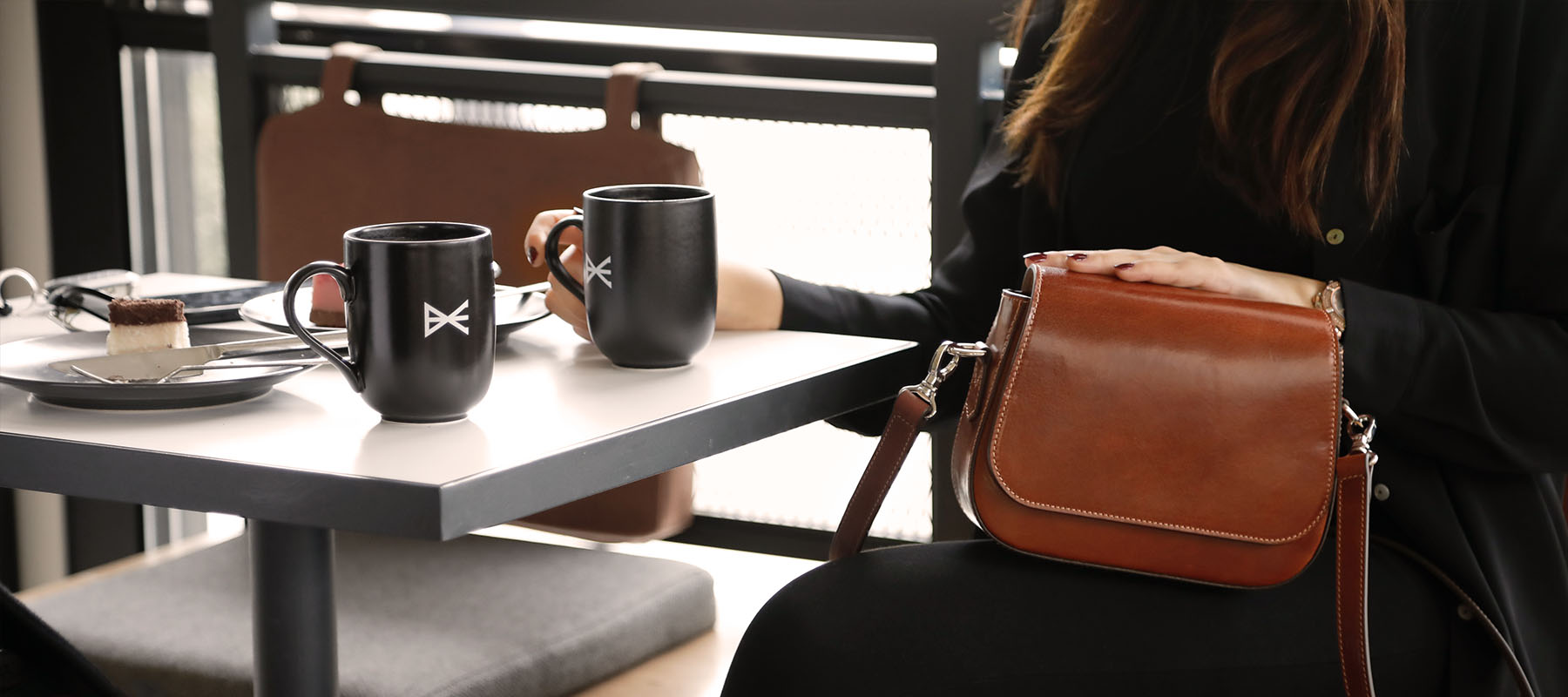
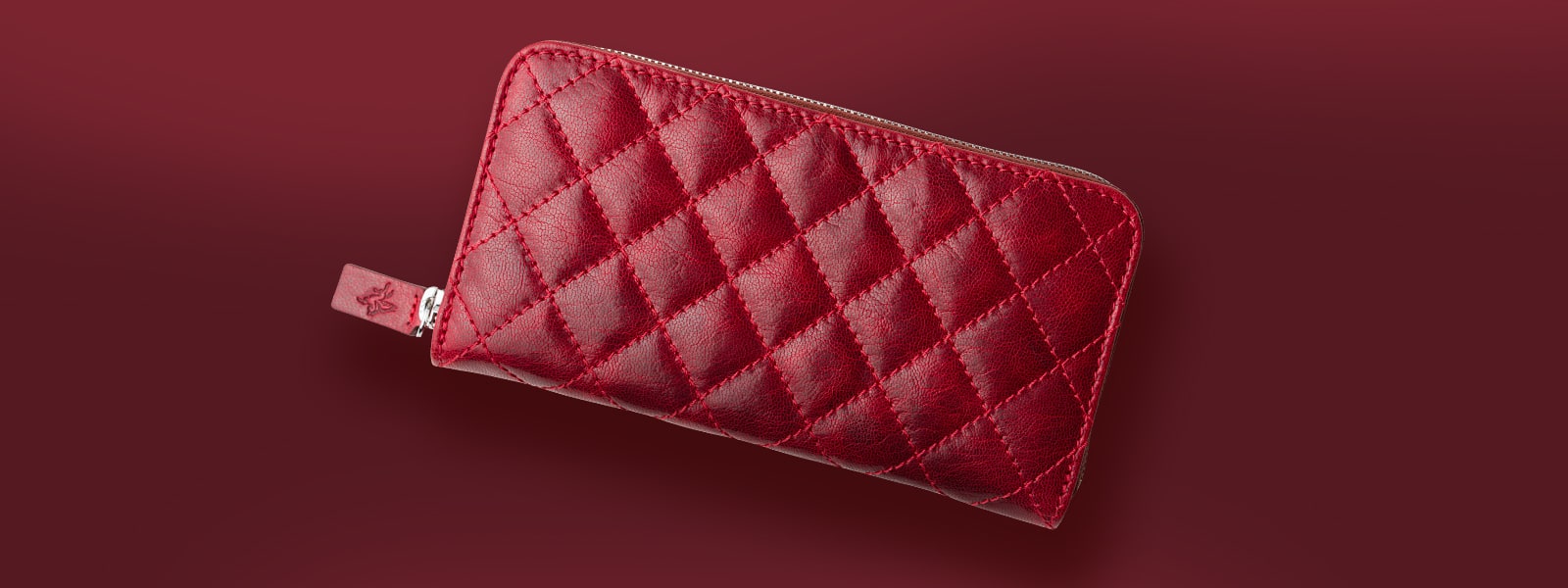
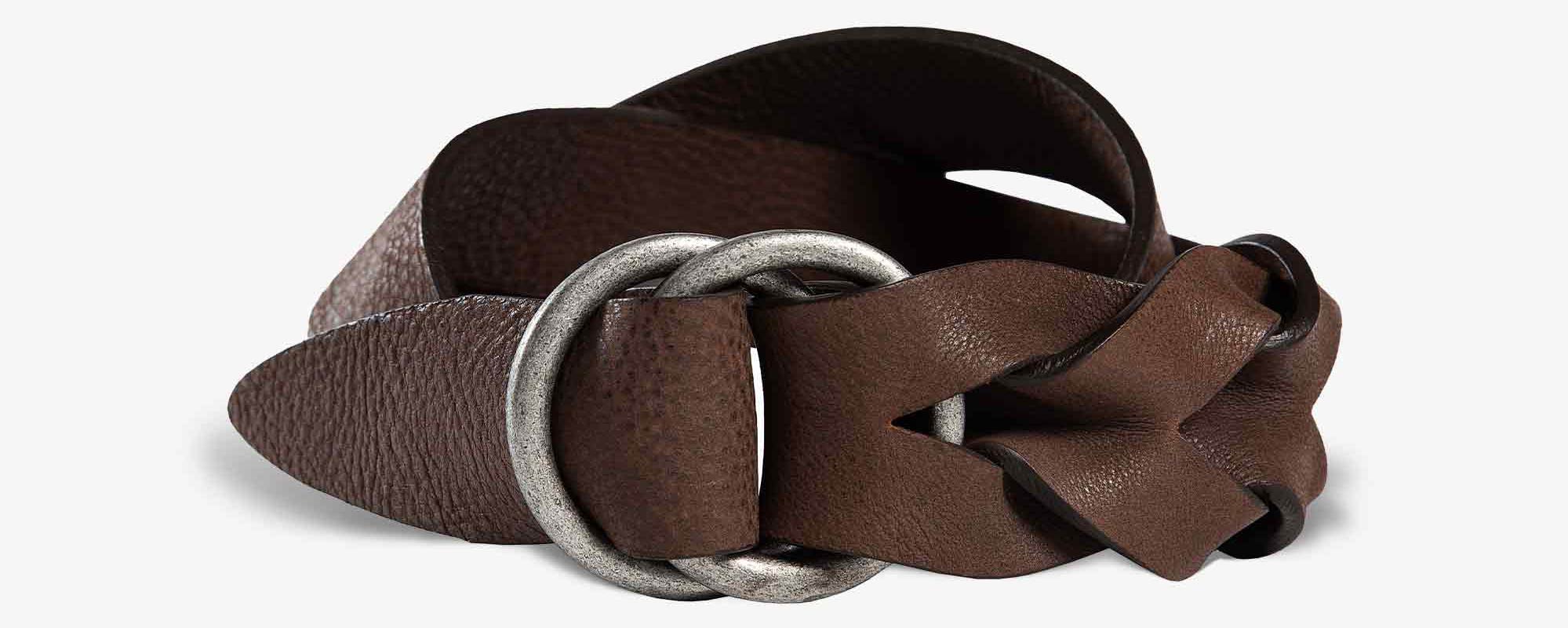
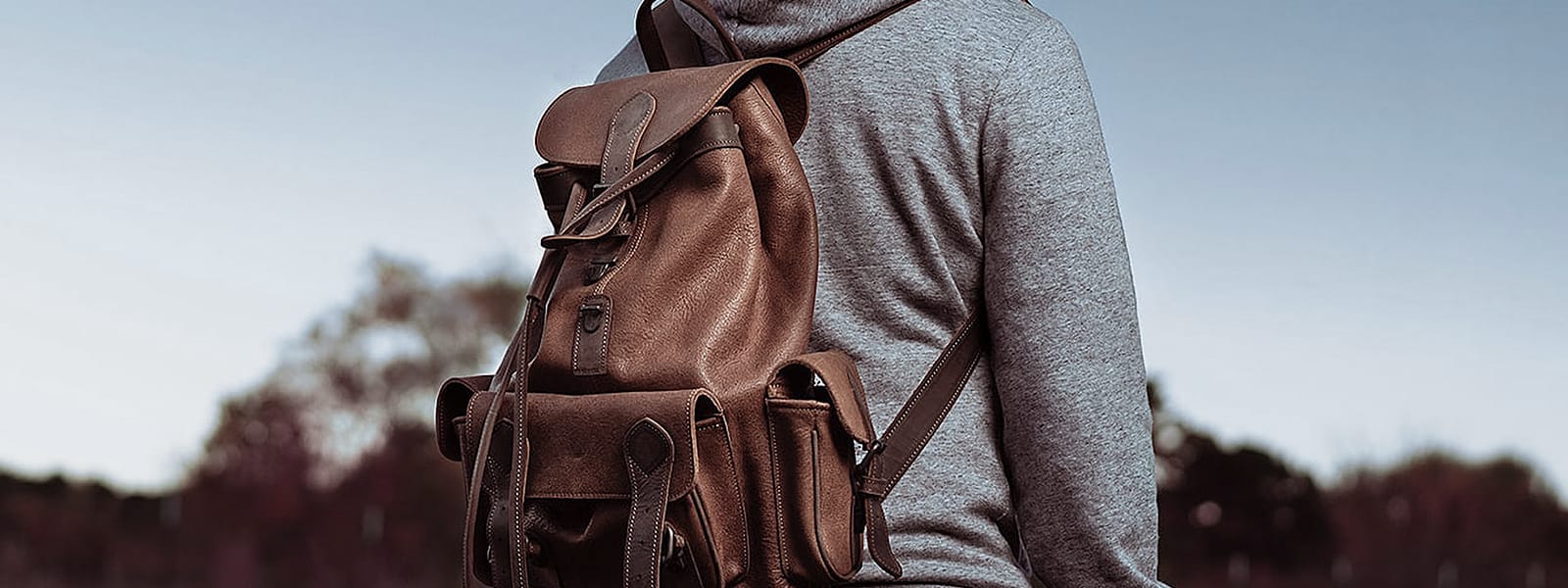
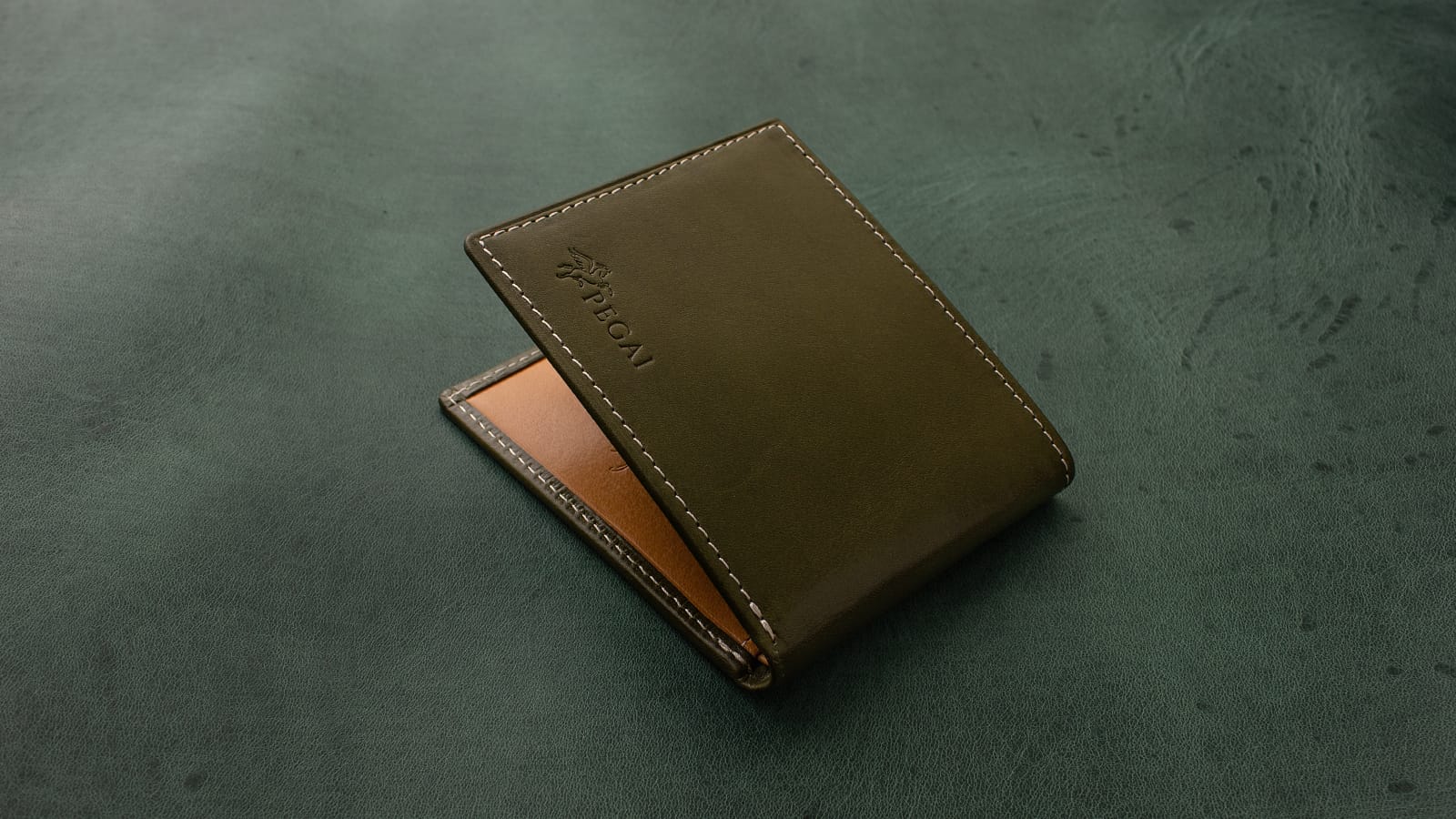
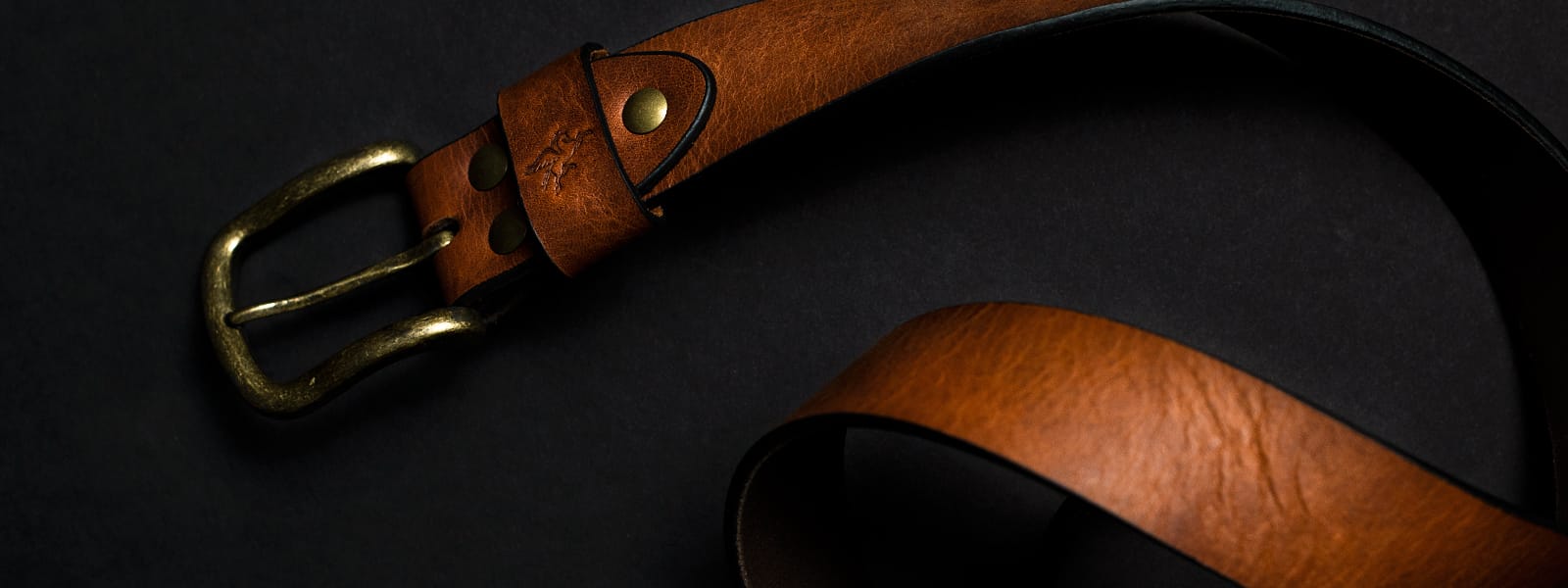

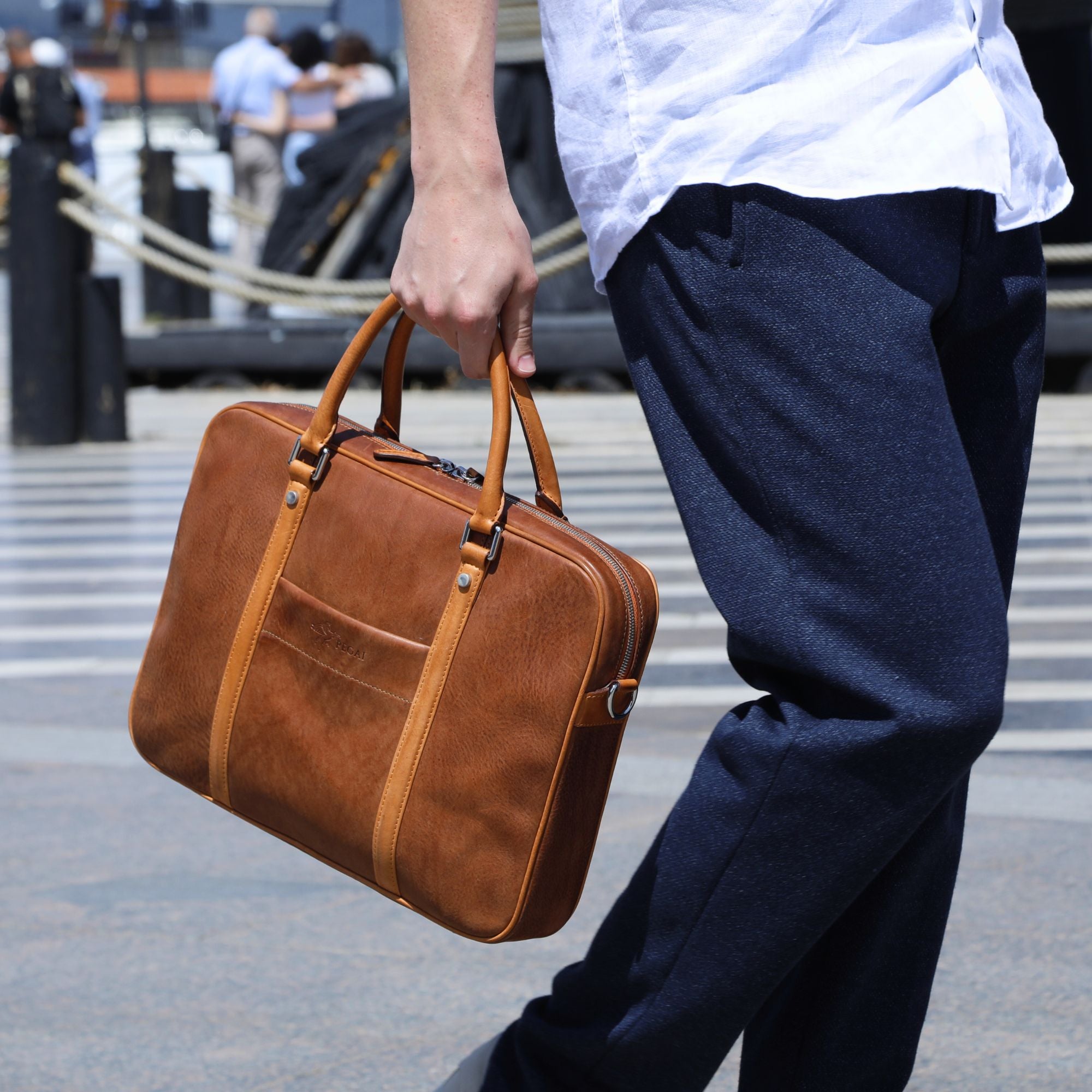
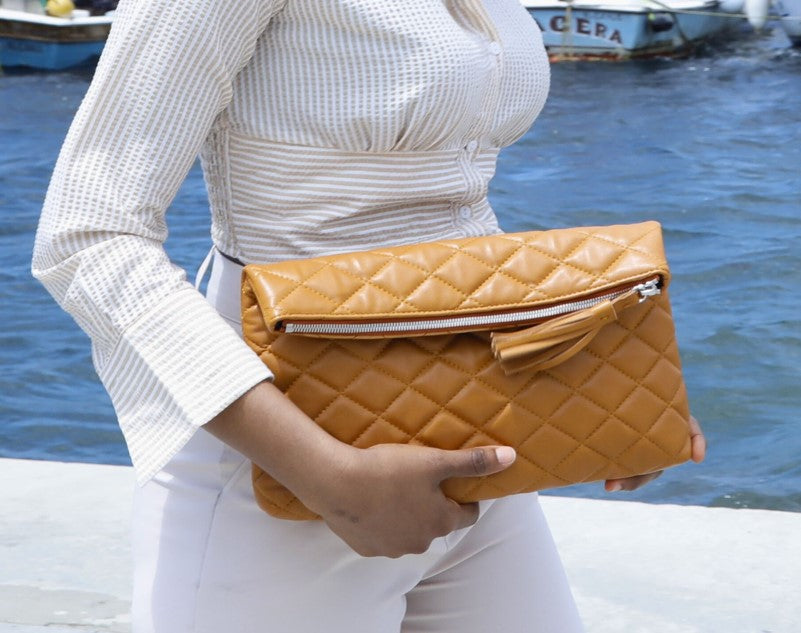
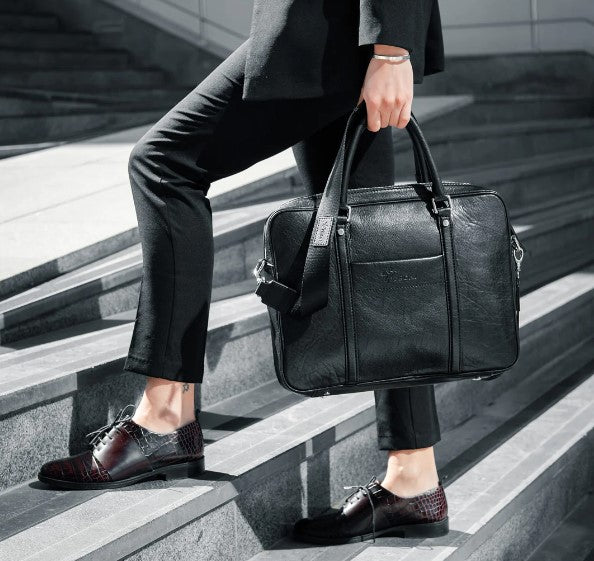
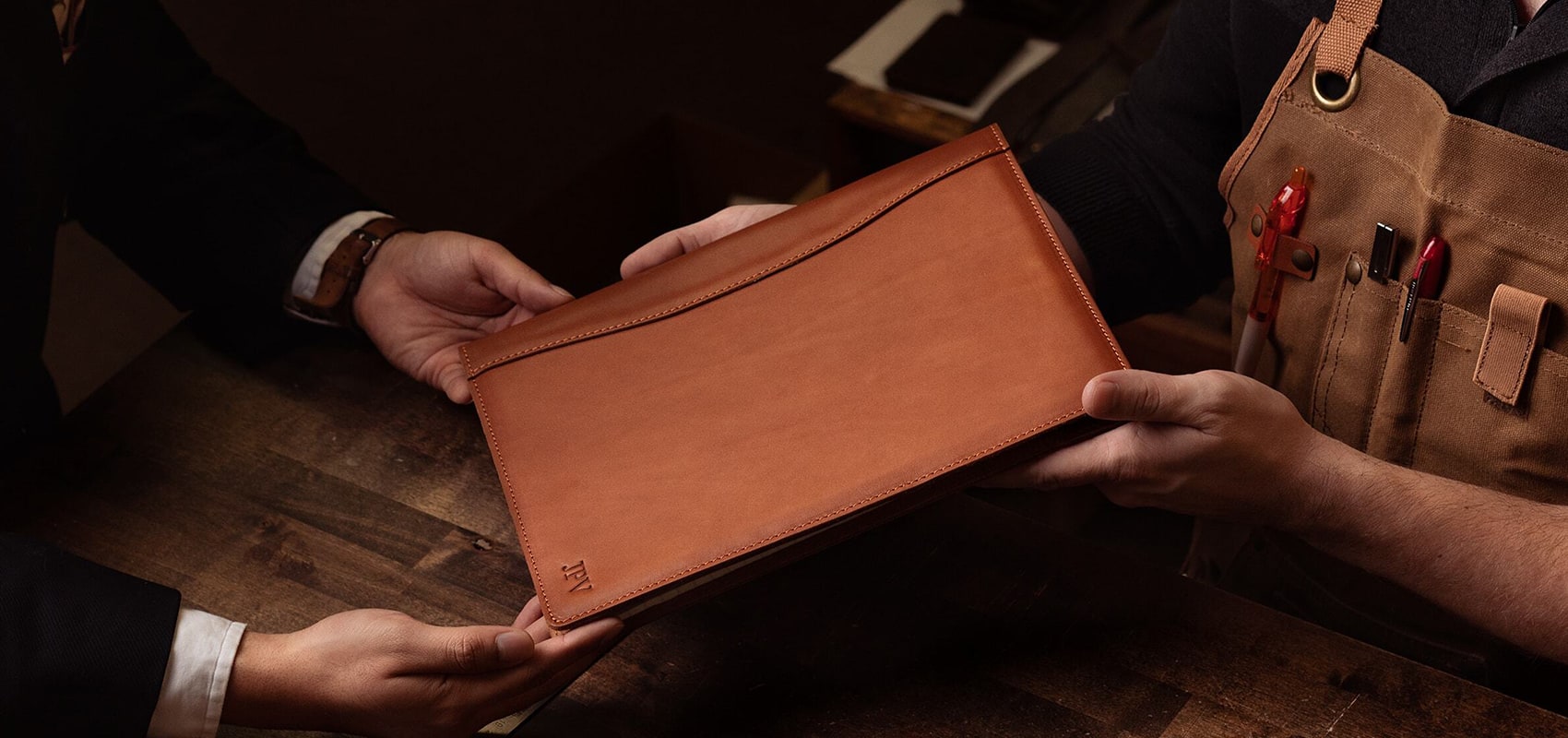
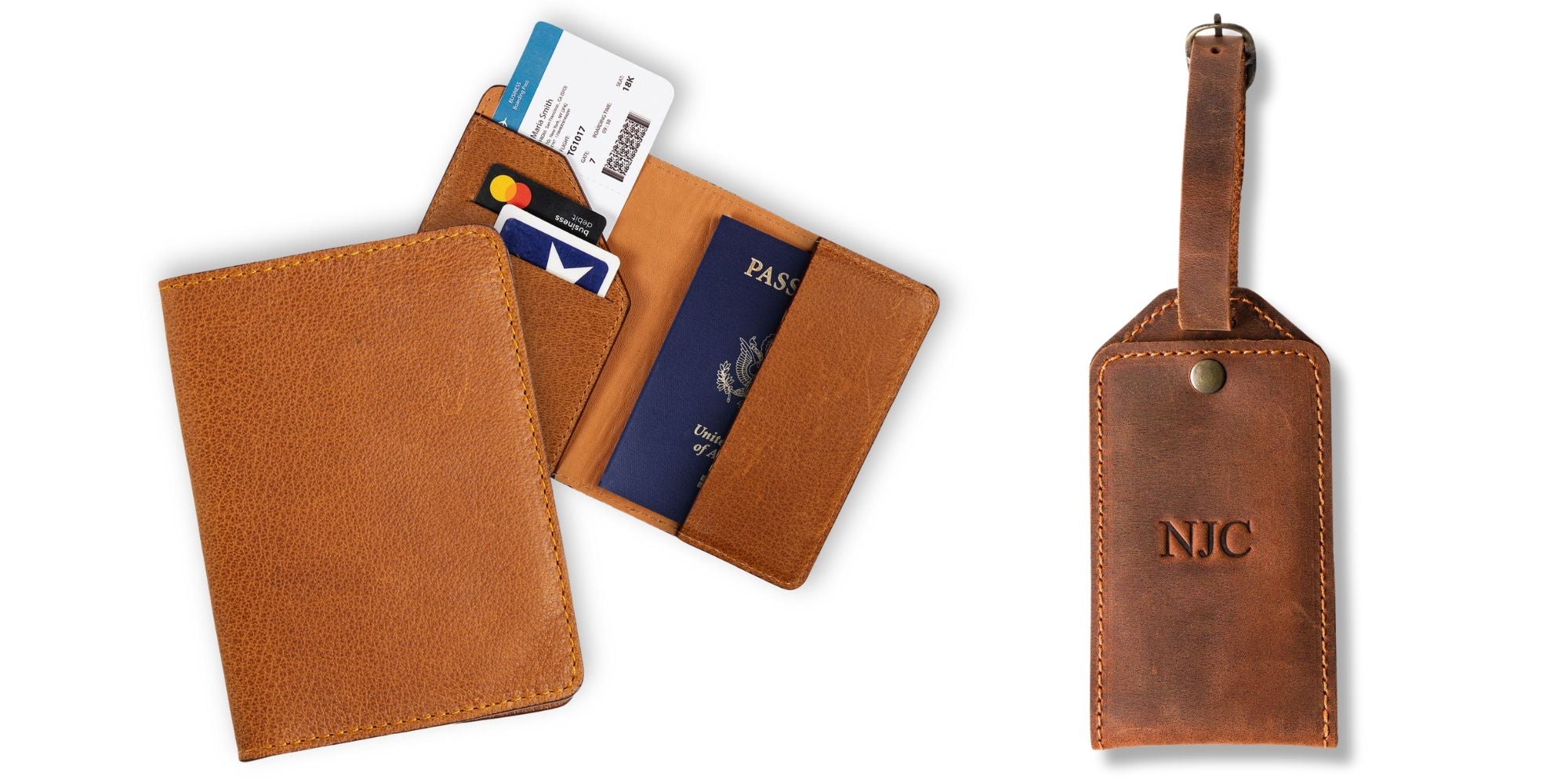
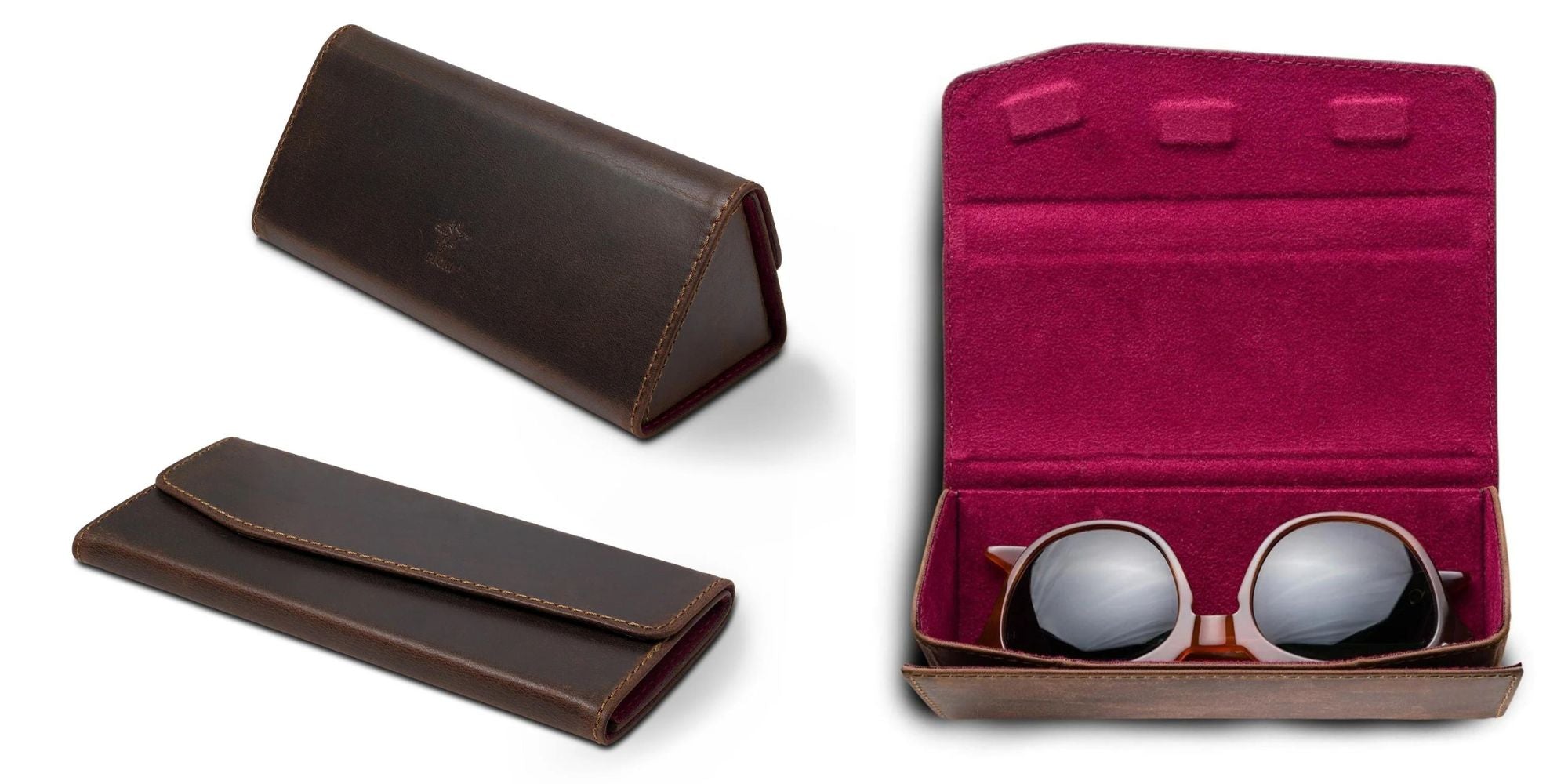
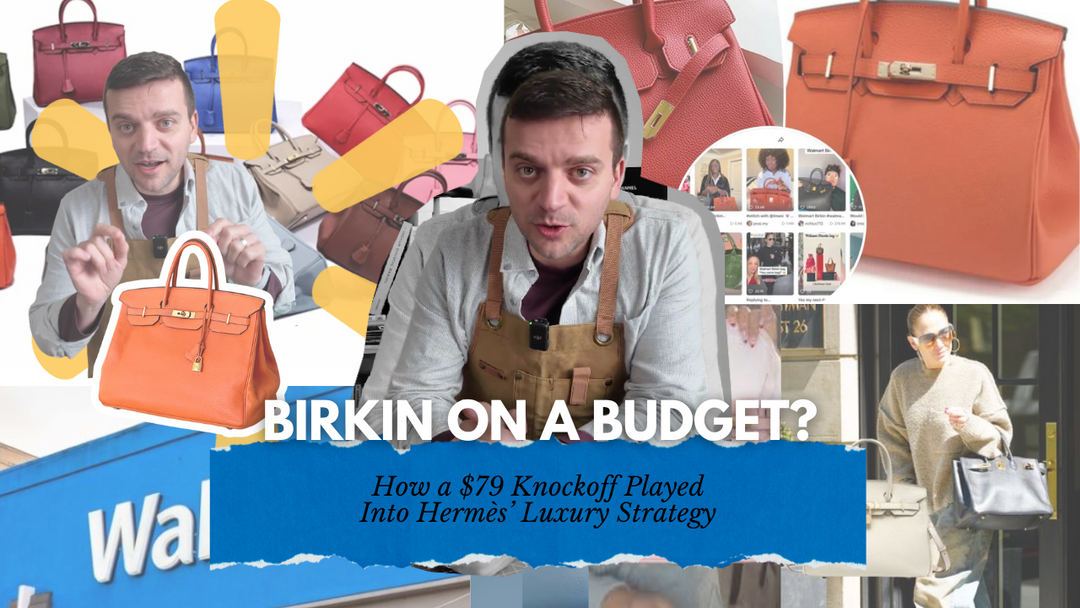
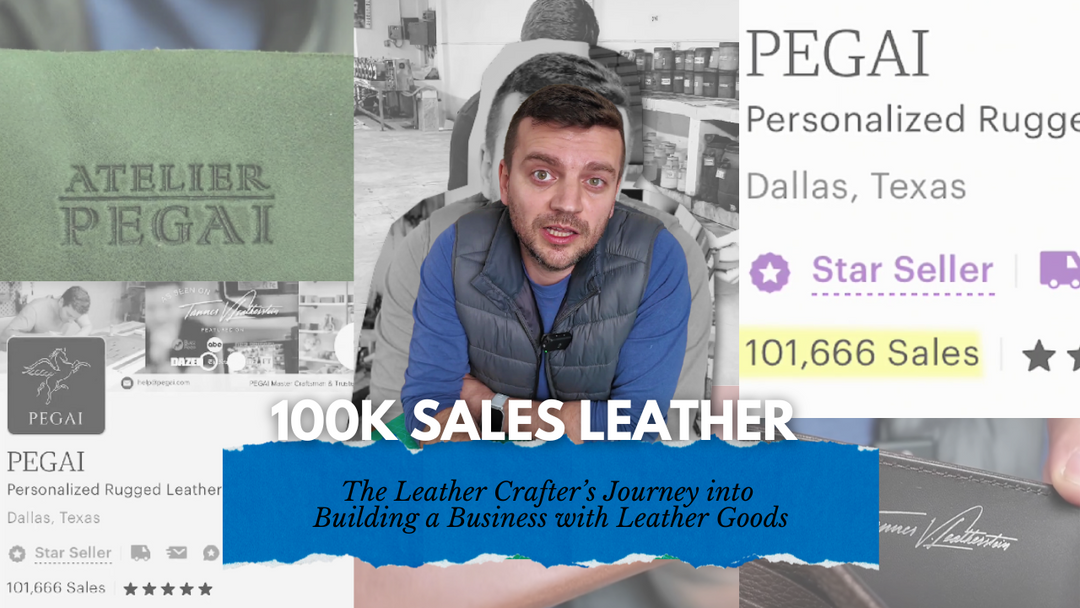
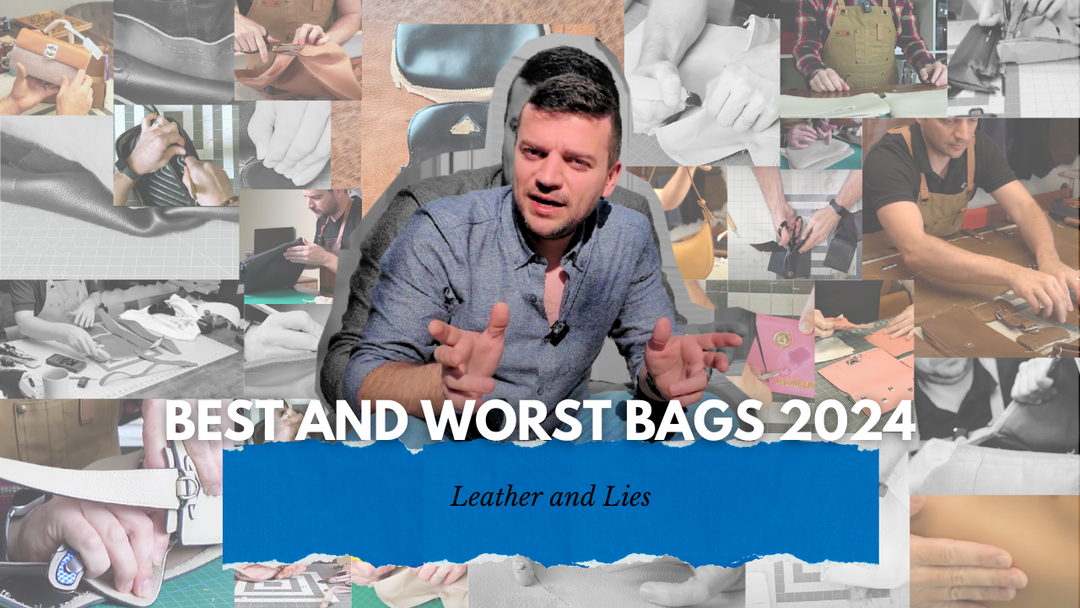
Leave a comment